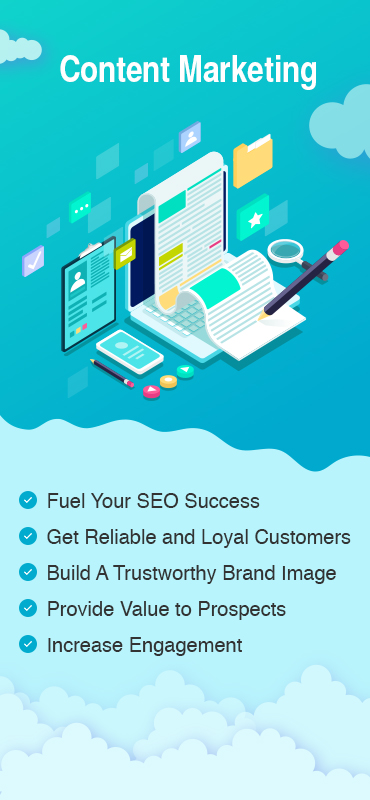Storytelling is the linchpin of effective marketing, especially in the B2B arena.
In a world flooded with jargon-infused documents, it’s the human touch of a compelling story that cuts through the noise. Storytelling in marketing allows brands to connect on a deeper level, turning abstract concepts into relatable narratives. Think of it as the difference between reading a manual and watching an inspiring movie—one informs, the other captivates.
In this blog post, we’ll explore how to elevate your brand storytelling with actionable tips, all while weaving in lessons from pop culture icons. Whether you’re crafting a presentation, a case study, or a social media campaign, these strategies will help you stand out and build genuine connections with your audience.
Let’s dive into the B2B storyland to discover more about the art of storytelling and how you can master it.
Tips to Unfold the Secret to Storytelling in Marketing

1. Know Your Audience
Think of your audience as Hogwarts students waiting to be sorted. Just as the Sorting Hat listens and observes, you need to dig deep into your audience’s psyche. What keeps them awake at night? What solutions are they desperately seeking? By understanding these needs, you can craft stories that truly resonate. Empathy is your superpower here — the better you understand them, the more likely your story will feel like it was written just for them.
2. Start With a Bang
Remember how Stranger Things grabs you from the first scene? That’s the impact you want. Begin with something attention-grabbing: an engaging question, a surprising insight, or a moment of tension that draws the audience in. Think of this as setting the stage for your narrative. If the beginning doesn’t spark curiosity, the rest of your story might never get heard.
3. Data is Your Sidekick
Every hero has a reliable sidekick, and in your content marketing storytelling, data plays this role. While you don’t need to drown your audience in statistics, sprinkle in meaningful, relatable information that supports your narrative. For example, explain how a simple change transformed a process or solved a pain point. Data should feel like a natural extension of your story, not a rigid report.
4. Build Emotional Connections
Great stories tap into emotions, making them more memorable and impactful. Think of Nike’s campaigns—they don’t just sell shoes; they sell perseverance, triumph, and the spirit of an athlete. In B2B marketing, emotion still plays a crucial role. Whether it’s excitement about innovation, relief from solving a major pain point, or the trust in a reliable solution, infuse your storytelling with emotions that resonate with your audience.
5. Craft a Hero’s Journey
In every great tale, the hero embarks on a transformative journey. Your customer is the hero, and your role is to be the guide — think Gandalf or Yoda — showing them the path to success. Outline the challenges they face, the tools you offer to help them overcome these obstacles, and the rewards awaiting them. This framework ensures your audience stays invested in the narrative.
6. Leverage Visual Storytelling
Pixar doesn’t just tell stories—they create experiences. Follow their lead by incorporating visuals that bring your narrative to life. Whether it’s an infographic simplifying a complex idea or a short video showcasing a customer’s success, visuals enhance understanding and retention. Think of them as vibrant illustrations in your brand storybook. By implementing aesthetic visuals, you can bring your brand storytelling to life.
7. Incorporate Testimonials
There’s power in shared experiences. Use customer testimonials and case studies to highlight how your solutions have made a difference. These stories of transformation become proof points that reinforce your narrative. When your audience hears success stories from others like them, they’re more likely to trust your brand as a reliable partner.
8. Optimize for SEO Without Losing the Plot
While storytelling is about emotional connection, don’t overlook practicality. The right keywords can help your story reach the right audience. The trick is to integrate them naturally into your narrative, ensuring your content is impactful and discoverable. However, always focus on clarity and authenticity over keyword stuffing.
9. Engage the Senses
The most memorable stories don’t just tell—they show, feel, and immerse. Describe scenarios vividly, evoke emotions, and paint a sensory picture for your audience. For example, instead of saying, “Our product simplifies operations,” you could say, “Imagine walking into a room where every process runs like a symphony, each part in perfect harmony.” By engaging the senses, you make your story unforgettable.
10. End With Impact
Like a great movie leaves you thinking about it long after it ends, your storytelling should have a powerful conclusion. Wrap up with a clear takeaway or an inspiring call to action that encourages your audience to take the next step. This could be exploring your services, contacting your team, or simply reflecting on how your story relates to their challenges.
With storytelling, you can create a memorable narrative that aligns with your brand and highlights your business prowess.
Conclusion
Mastering storytelling in B2B marketing isn’t just about crafting a narrative – it’s about creating meaningful connections that drive engagement and conversions. By applying these ten tips, you can transform your brand’s messaging into a compelling story that resonates with your audience, builds trust, and sets you apart from the competition.












